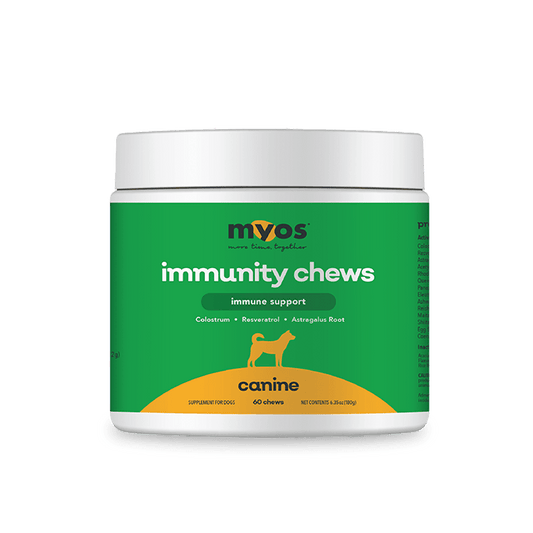For Max, becoming a Search and Rescue (SAR) K9 handler wasn’t something he initially planned—it was something his dog, Casper, seemed destined for. As a puppy, Casper had a natural talent for finding lost items during their hikes, leading to Max's friend who had a cadaver dog with the police department to suggest looking into Search & Rescue. That simple suggestion set Max on a path that would change both of their lives.
Max first joined a team in Ottawa, Canada, when Casper was about six months old, beginning as an operational ground searcher before transitioning to K9 training. After moving back to Southern California, Max and Casper joined the Riverside County SAR team, where they serve as volunteer employees for the sheriff’s department. The pace of SAR work has been intense—before a recent lull, they had six callouts in just 12 days. While Casper specializes in live-find wilderness search, Max is also working toward getting him certified in human remains detection.
The Training Behind K9 Search & Rescue

Training is a constant for Max and Casper, with sessions two to three times per week. These include one or two night trainings and a longer weekend session, often covering vast terrain in the desert or mountains. A typical training scenario involves volunteers "getting lost" across 40+ acres, forcing Max and Casper to develop search strategies based on the landscape and weather conditions.
Casper’s endurance is critical for these searches. The final operational exam requires a K9 to search 120 acres within a three-hour time frame, so Max ensures Casper is always in peak condition. Daily cardio work, obedience training with ball rewards, and long night walks help build the stamina necessary for the challenges of real-life searches.
The Rewards and Challenges of K9 Search & Rescue
For Max, the most unexpected realization about SAR work has been that the work itself is the reward for the dogs. He originally worried about how to make the reward “worth it” after hours of searching in tough conditions, but he quickly learned that search dogs thrive on their hunt drive. “They love the work,” Max shared. “For most SAR dogs, the reward is the search itself.”
One of the most rewarding aspects of SAR work is being able to help people—whether that means locating a missing person, calling in a rescue team, or, in some cases, bringing closure to a grieving family. As a wilderness first responder, Max has responded to a wide range of cases, from hikers in distress to individuals in crisis who have walked off into the woods. While not every search ends in a rescue, the ability to provide answers and aid when it matters most is what keeps Max and Casper going.
How MYOS Helps Casper Perform at His Best
Max first heard about MYOS at the Southern California K9 Seminar, where another handler spoke about how it helped her re-certify her 12-year-old SAR dog. Max decided to try it for Casper—and the results were immediate.
“I noticed a pretty big improvement in his endurance, especially on our longer searches,” Max said. “Before, he’d work for about an hour and you could really see him start to get tired. Now, an hour is nothing for him.” Casper now takes fewer breaks, lasts longer in the field, and recovers faster after training. On intense training days, Max even gives him an extra scoop of MYOS to support muscle recovery.
Supporting SAR Teams Like Max and Casper
Max and Casper are part of a dedicated group of volunteer handlers who train and work tirelessly to assist their communities. Their work requires extensive training, commitment, and personal investment, as SAR handlers often fund their own gear and training expenses.
For those looking to support SAR teams like Max and Casper, consider donating to your local SAR organization or spreading awareness about the vital work these teams do. Their dedication helps save lives, bring closure to families, and ensure that communities have trained professionals ready to respond when the unthinkable happens.





